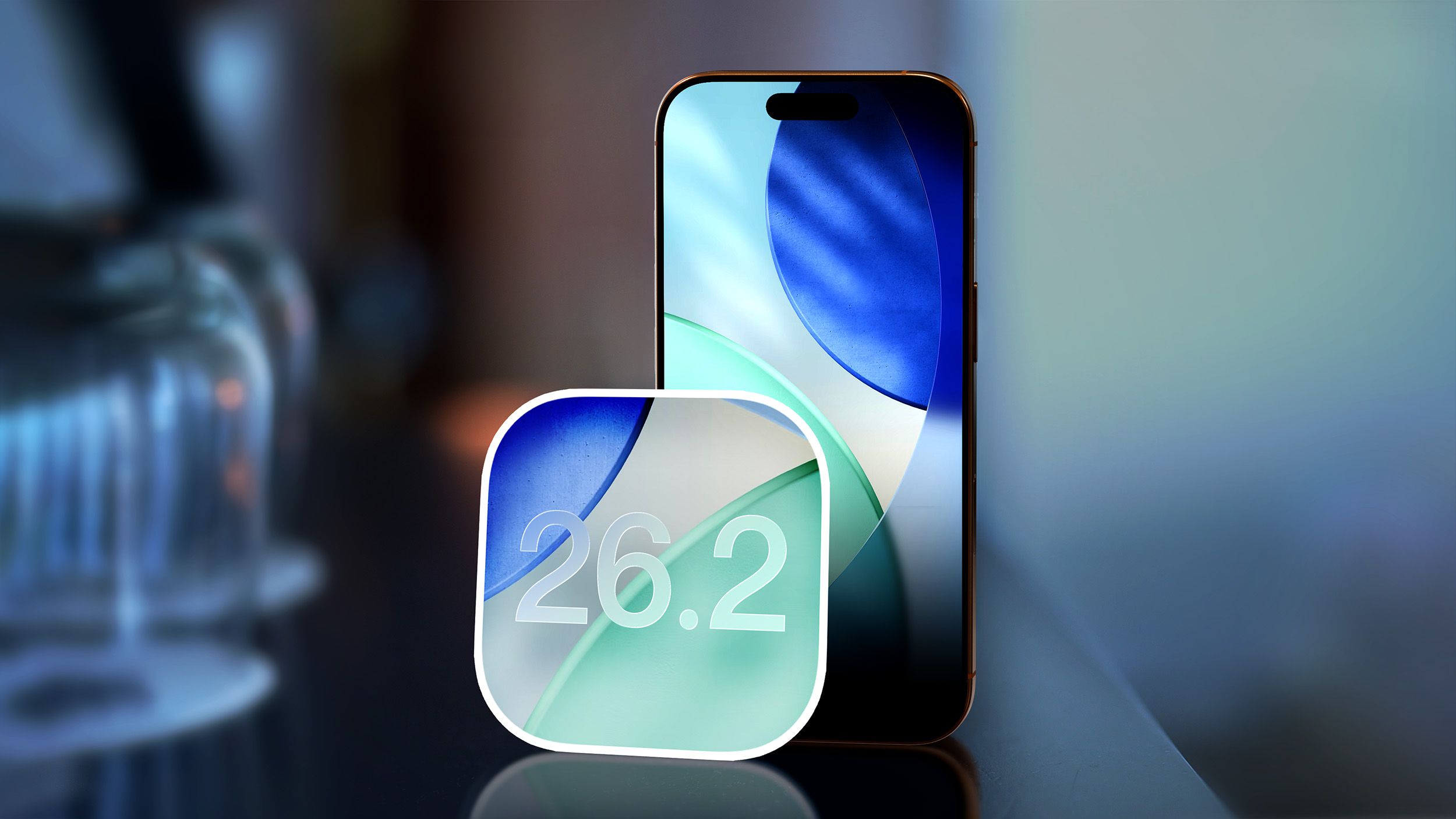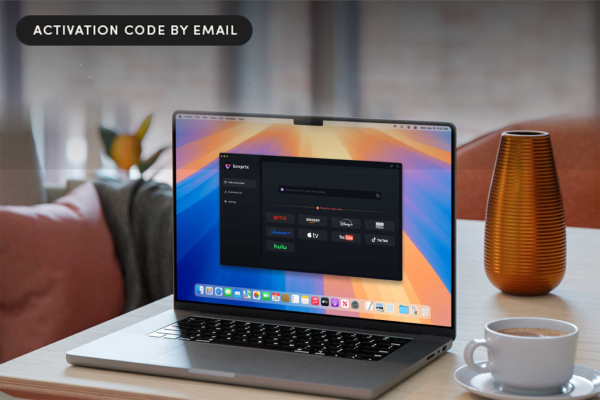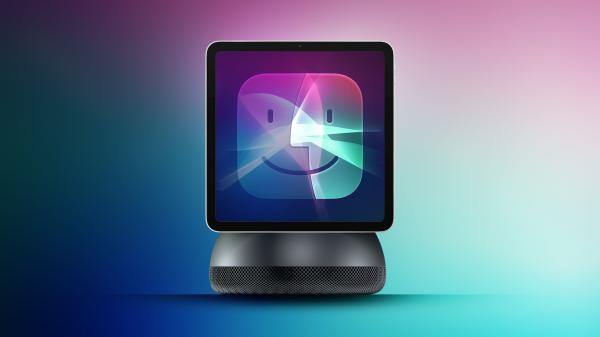For most people today, having a fast and reliable internet connection is essential for everyday activities, whether it's for work or leisure. However, when internet speeds fluctuate, it can be challenging to get things done. You might be able to stream an ultra HD movie one night without an issue, while the next night your movie keeps buffering.
You can perform a simple internet speed test to find out how your connection is faring at any given moment, but it's only a snapshot in time. You're going to get different results each time you run a test. In this article, we'll cover the reasons for speed variations, and address the factors that influence performance so you can optimize your online experience.
Understanding the basics of internet speed metrics
Although internet providers market their packages based on speeds (like 50 Mbps, 500 Mbps, 8 Gbps), there's more to speed than just that number. Usually, the speed assigned to internet packages is the download speed. When running a speed test, it's important to note your download speed, but there are other numbers that are equally important.
Download speed:
Download speed is the rate at which data is transferred from the internet to your device. This is measured in megabits or gigabits per second. Higher download speeds are responsible for smooth video streaming and video conferencing, along with fast web browsing and speedy file downloads.
Upload speed:
Upload speed is the rate at which data is transferred from your device to the internet, and is also measured in megabits and gigabits per second. Upload speed determines how fast you upload files to web servers, file storage accounts, and social media platforms.
Latency (Ping):
Latency is measured in milliseconds and refers to the time it takes for data to travel from your device to a destination server and back again. A high latency produces lag, while a low latency creates a smooth experience.
Jitter:
Jitter is measured in milliseconds and refers to the variation in time delay between data packets sent over a network. High jitter will disrupt streaming and real-time communications, like video conferencing.
Packet loss:
This occurs when data packets fail to reach their destination and can cause frozen videos, choppy audio, and incomplete downloads.
6 Common factors that cause speed fluctuations
Now that we've determined the basic components that make up your internet speed, it's crucial to understand how these speeds are impacted by various factors.
1. Household network congestion
Internet speed decreases as more devices connect to a network. If you don't have enough bandwidth to handle multiple, simultaneous connections, each person's experience will be slower than if they were the only one using the internet. This can be a huge problem for households with multiple people who play online games or stream media on a regular basis.
2. Network congestion from the community
In addition to congestion on your home network, you also need to account for community congestion. You're not just sharing bandwidth in your home – everyone else in your general area using the same provider is sharing overall bandwidth. This congestion can cause a drastic slowdown during peak hours (usually 6PM to 11PM).
3. High speed, but low bandwidth
A high-speed connection with limited bandwidth will transfer small files quickly, but will take much longer for larger files and real-time streaming will be sketchy. How can you tell if you have low bandwidth? On a speed test, you might get results that show a 500 Mbps+ download speed, but when you try to join a Zoom conference, it lags.
4. Bandwidth-intensive activities
Group video conferencing, gaming, and streaming ultra HD videos use significant bandwidth and can slow down a connection that can't support these activities.
5. Using a VPN
VPNs are notorious for slowing down an internet connection. A VPN is great for encrypting your traffic on public Wi-Fi, but it's not all that necessary at home. VPNs don't actually protect your privacy, and most popular VPNs leak your IP, which defeats the purpose.
6. Using Wi-Fi
A Wi-Fi connection will automatically be slower than a wired, Ethernet connection. With Wi-Fi, there's also a possibility of interference.
Maintain a stable, fast internet connection
Understanding why your internet speed fluctuates and how to interpret speed test results is the key to maintaining a stable connection. If you're monitoring your speed, conduct multiple tests at different times to determine your average performance.
However, if your speed is consistently lower than expected, even when accounting for influential factors, talk to your internet service provider (ISP) to see if there might be a problem with your connection.
If you can't make it work, try a different ISP. The right provider and package can make all the difference.















